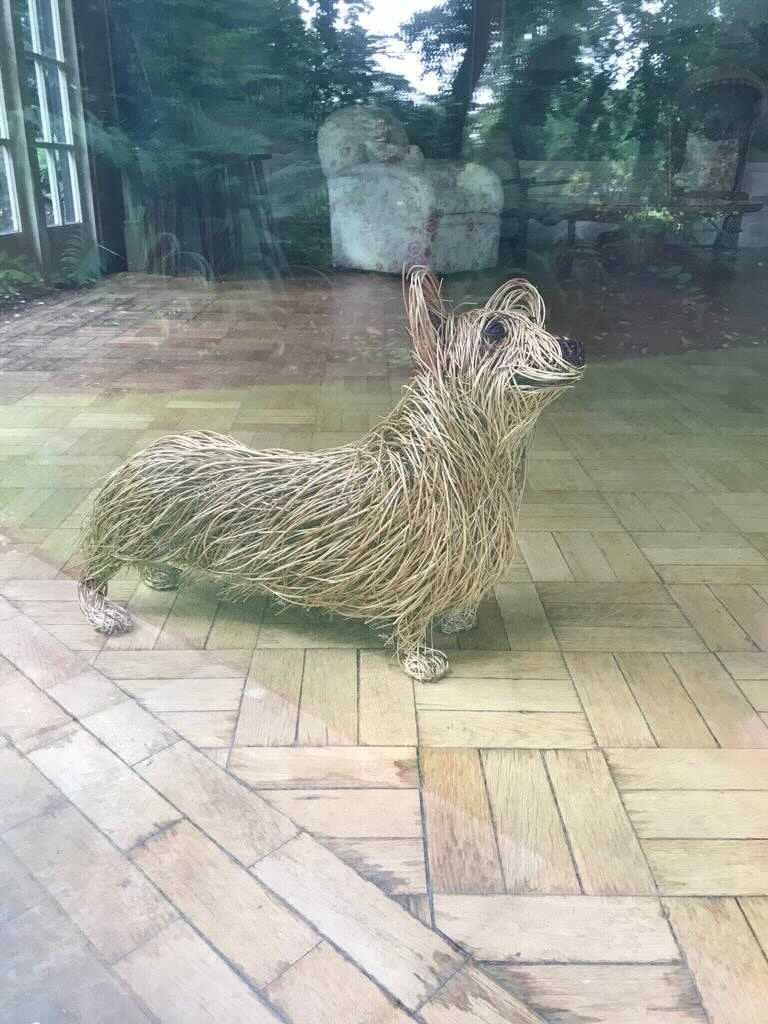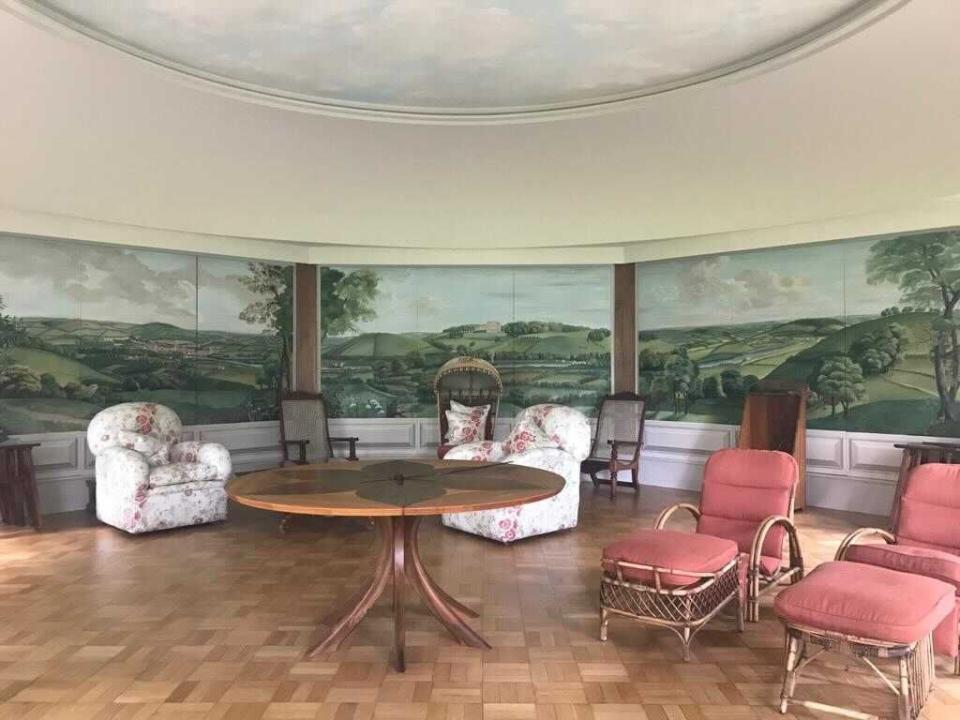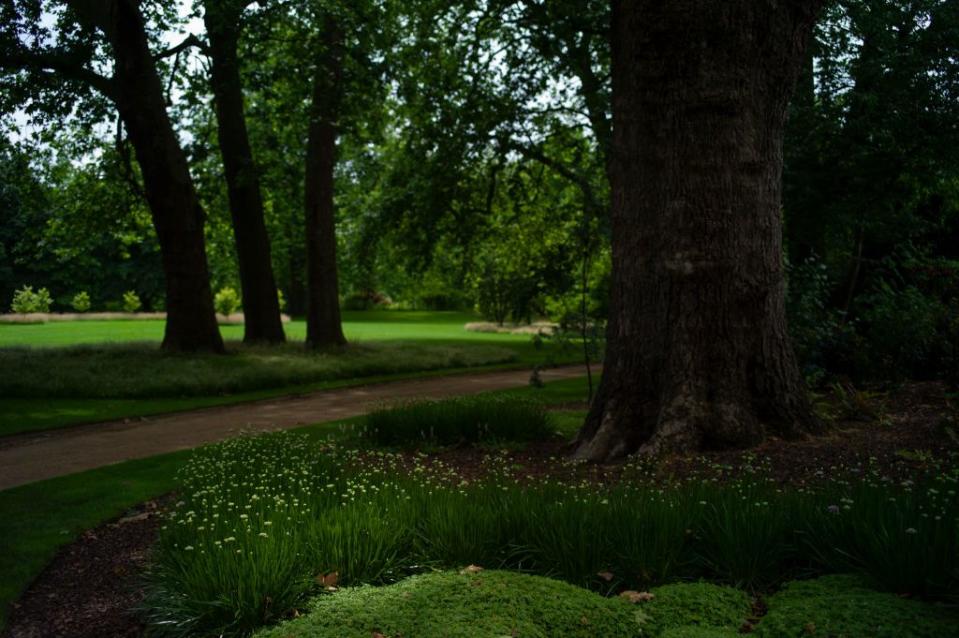Peek Inside Queen Elizabeth's Summer House as Buckingham Palace Opens for Picnics

- Oops!Something went wrong.Please try again later.
- Oops!Something went wrong.Please try again later.
Since King George III bought Buckingham House in 1761, members of the royal family have been able to relax in its vast gardens away from the busy London streets. And now, the paying public is also able to enjoy a picnic on the lawn for the first time.
Starting tomorrow, the Buckingham Palace garden will be open to visitors who will be able to roam freely through parts of it and learn the stories of its creation through guided tours of other areas. Features include a rose garden with 25 beds of roses, an island on the 3.5 acre lake housing beehives, two huge London plane trees planted side by side by Queen Victoria and Prince Albert, and even a wicker corgi looking out from the Queen’s summer house.

“This is always going to be a unique ecosystem right in the heart of London,” a Royal Collection Trust guide said today while sharing some of the secrets of how the garden has evolved over the decades. While the lawn is the best-trodden area thanks to the annual garden parties hosted at the palace for 8,000 guests each time, there are plenty of surprises to be found when wandering into more secluded areas.

Many sections of the garden have sentimental meaning for both the royal family and the people who have worked there. The deep pink Royal William rose was planted to mark the birth of Prince William and the pale pink Elizabeth Glamis Rose honors the Queen Mother. A primrose-yellow Magnolia tree called Elizabeth which was given to the Queen in 1962 from the Brooklyn Botanical Garden in New York is also planted in the garden. There is Dick’s Plane tree, named after a former gardener called Richard, and when a new species of skuttle fly was discovered in the garden in 2001, it was named after head gardener Mark Lane.
In order to protect the existing plants, new plants must quarantine before being introduced to the garden. However, being royal does not provide immunity, and in 2018, a horse chestnut tree that had particular sentimental value to the Queen was eventually let go after being afflicted with various different diseases. The tree had been planted by the Queen’s father in 1914 before she was born, when he was the Duke of York. “Her Majesty requested that the gardeners do what they can to protect this tree, of course it is a very sentimental tree,” a Royal Collection Trust guide said. However, despite their best efforts, in the end the gardeners had to let the tree go.

The garden currently has more than 1,000 trees as well as a 156-meter herbaceous border, and since 2000, it has held the National Collection of Mulberries. One section is called the North American beds and contains species of North American plants rarely found in British gardens.
Visitors can also see the garden’s ornaments including the 18-foot-tall Waterloo Vase which was commissioned by Napoleon on anticipation of success at the 1815 Battle of Waterloo, but after his defeat was presented to the future King George IV. And in 1991, a recycling center was established in the garden at the Queen’s request, which recycles 99% of all the waste from London’s royal gardens.
The Garden at Buckingham Palace will be open from Friday, July 9 to Sunday, September 19 2021, five days a week, remaining closed on Tuesdays and Wednesdays. Tickets are priced at £16.50 for adults. Garden Highlights Guided Tours should be booked with the main ticket and are priced at £6.50 for adults. Tours will run 12 times a day. Pre-booking is essential. For more information and to purchase tickets, head to www.rct.uk.
You Might Also Like

